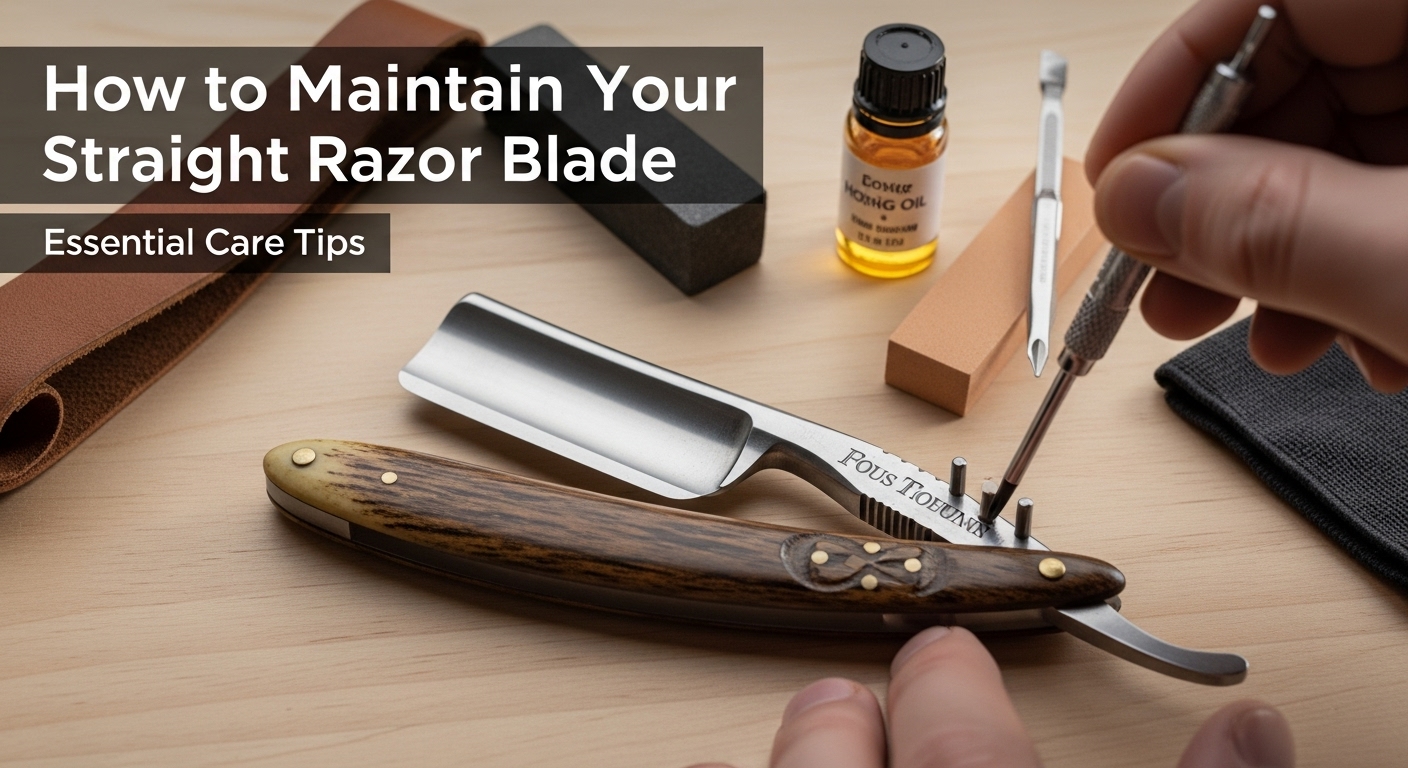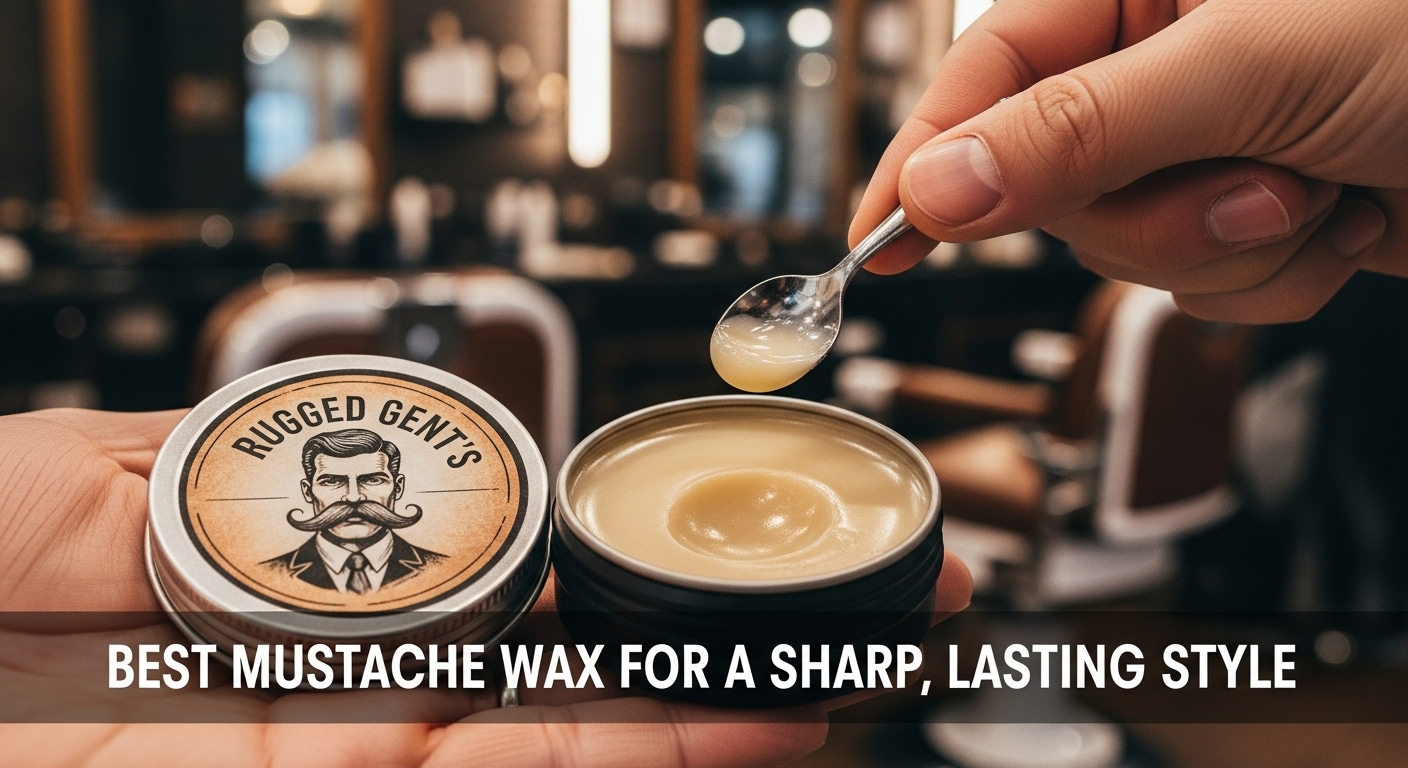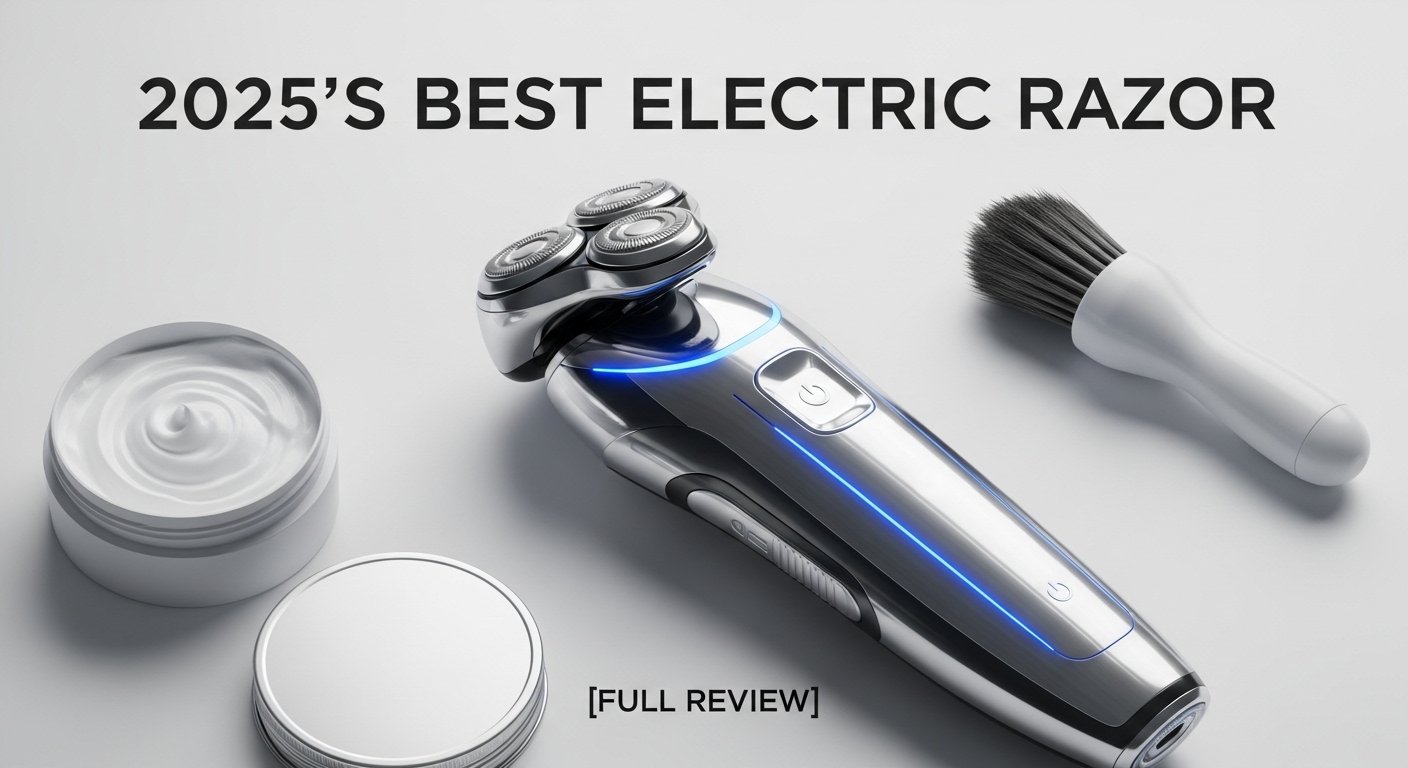It is a great novelty that fathers keep talking about it like it were a rite of passage. Actually it goes beyond shaving. The main thing is that using a razor is a display of care, patience, and a strange pleasure of having something that could be there for years if you treat it well. Most people didn’t have the knowledge about keeping a blade in good condition when they were born. They learned it. The learning process is sometimes done through the destruction of the blade.
This is not an issue in practical life but it is also not an everyday thing that you can just ‘wing’. To keep the instrument in good shape should part of the celebration. Holding the blade means carrying the burden corresponding to it.
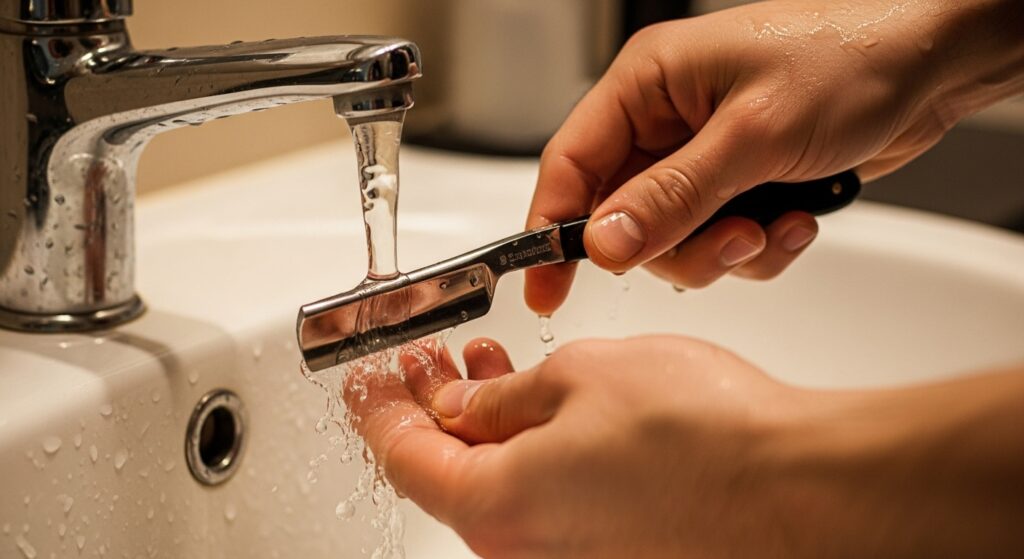
Why Minding the Condition of Your Cutting Edge is the Right Thing to Do
Incorporated into this is a concept that steel isn’t the slightest bit interested in your morning routine. If you allow your razor to stay wet, it will rust and it will lose its sharpness. Apart from that, If you do not re-align the edge and keep dragging across your jaw then the blade will be dull. The main reason for this misconception is that a lot of people believe that the expression “the best straight razor” tells that you are exempted from the maintenance.
That is not the case. Even a barber’s straight razor, which is used every single day, only stays in good condition if it gets a thorough and regular care routine—just like when choosing the best electric razor for men, maintenance makes all the difference.
There are some negative things that happen when you do not take good care of your blade and skipping maintenance:
- The quality of the shaving will go down.
- You will need to apply more pressure while shaving.
- You will have cuts nicks in your skin.
- Slowly but surely you will leave the razor to be forgotten among other tools in the drawer.
So, the discouraged performance of a razor turns it into a different, overlooked and forgotten object lying in a drawer.
Basic Gear You Need for Maintenance
You don’t need to spend like a collector, but a couple of good tools will save you time and frustration.
| Tool | What It’s For | Notes |
|---|---|---|
| Leather Strop | Realigns the edge between shaves | Use daily before shaving |
| Honing Stone | Sharpens the blade when stropping isn’t enough | 1–2 times a year for home use |
| Razor Oil | Prevents rust | Especially important in humid areas |
| Microfiber Cloth | Dries the blade without scratching | Avoid paper towels |
| Ventilated Case | Protects the blade from dust and moisture | Wood or breathable leather is best |
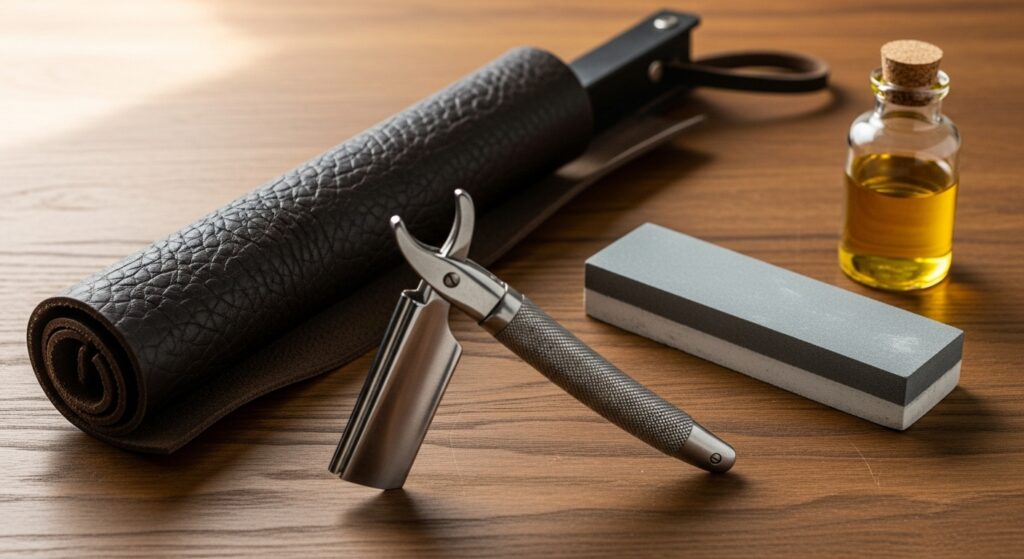
Stropping The Everyday Habit
Why Stropping Isn’t Sharpening
A strop does not function like a honing stone in that it does not part metal from the blade. The microscopic edge is what it is done on. Metal is not removed from the blade in a strop but it straightens the tiny metal edge that bends after each shave.
The blade without a strop will become dull rather quickly. The way it is not much different from brushing your teeth something that is not a huge deal once it becomes a part of your daily routine.
How to Strop a Barber Razor Blade:
- Strop should be either hung or laid flat.
- Locate the hair razor at the proper angle (strop leading).
- Pull it away from the edge, reverse, then return it.
- Don’t change the pace — use light pressure.
Make 15–20 passes every time before the shaving. That’s all.
Honing The Deeper Maintenance
Stropping is a method that keeps the razor wire edge in proper alignment. On the other hand, when the edge becomes blunt, the first signs of discomfort are tugging and it’s time to do it. If it’s time for you, you’ll probably want to give it to a professional and not do it yourself.
The way to choose a honing stone.
Whetstones are divided into grits. A 4k/8k stone is the best for the most part of the straight razor blades. Using the coarse side to set the bevel and the fine side to finish.
How Often to Hone:
- Guys, who shave daily with a straight razor: once or twice a year.
- Guys, who shave weekly: every 18 months or so.
However, if you are worried, a local barber razor professional could be the one doing it for you safely. Searching “straight razor near me” will most likely get you to the one who knows his way around a blade.
Cleaning and Oiling After Use
Rust can be seen as a steel’s worst enemy but water is just giving it a helping hand. Not the good kind of help.
Quick Cleaning Steps:
- Rinse the blade in warm water after shaving with a straight razor.
- Gently wipe it using a microfiber cloth.
- Pay attention to the area near the pivot if soap was used.
Instructions for the blade to be oiled
Razor oil applied in a thin layer of product is what keeps the process of oxidation far away. It is especially necessary if you live near the sea or if the room where your blade is kept is humid. Choose between mineral oil and camellia oil — both are very skin-friendly halons.
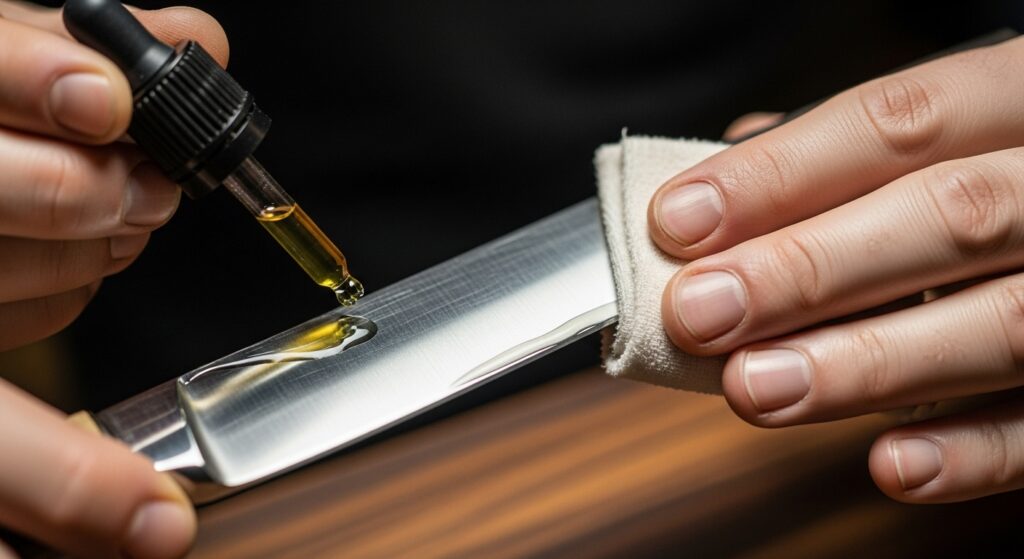
Storing Your Straight Razor
Be sure to allow the blade to “breathe.” Do not put it in a sealed plastic box because it will trap moisture, which is not what you want—just like maintaining a Van Dyke beard, proper care and airflow are essential.
Storage Tips:
- Put your straight razor into a leather or wooden case that is ventilated.
- Do not place the tool near the sink or shower.
- Before storing your straight razor, let it air dry for a few minutes.
Traveling men can really benefit from a folding straight edge razor with a case. However, it is necessary that you place silica gel packs inside the pouch for the trip.
When to Replace or Repair
Even with all the care, mishaps are still bound to happen. The impact of the blade on the tile is extremely damaging. In the case where the edge chips deeply, only then a barber blade expert might be able to regrind it for you. In any other situation, it is a new one that you should get.
- Edges with visible chips.
- Areas with rust that do not disappear.
- The Sharpness after sharpening is not maintained.
Common Mistakes in Blade Maintenance
- The usage of paper towels (they can cause scratches).
- The damp bathroom cabinet is the place where it is stored.
- Stropping is skipped because “the blade looks good.”
- Overdoing it by pressing too hard when honing the blade.
Troubleshooting Rust
If the rust gets under your skin, small rust spots can be rubbed off with metal polish. Have professionals fix it if the rust is deep. Do not forget to oil the blade after the removal process.
FAQs
1: How often should I oil my straight razor blade?
If you are a daily shaver, oil the razor only once a week. If you have it for a long time, oil it before storage and after each use.
2: Can I turn my straight razor into a sharp one at home?
Indeed, it is possible with a whetstone and a lot of practice. Most beginners decide to let a professional do the first honing of their blade.
3: What’s the difference between a straight razor and a cut throat one?
They’re identical — “cut throat” is just an old term of reference.
4: Is a barber straight razor safe to take on a trip?
Not if it is in carry-on luggage. For flights, blades have to be placed in checked baggage only.
5: How do I keep away the rust if I live near the sea?
Make sure that you dry your razor thoroughly, put it in a ventilated case and oil it after every shave.

James Tony covers everything from classic cuts to trendy styles, helping readers choose the right haircut and maintain healthy, stylish hair. He’s known for his deep dives into hair textures and face shapes, making it easier for anyone to find the perfect look. James believes a good haircut is the first step to great confidence.

